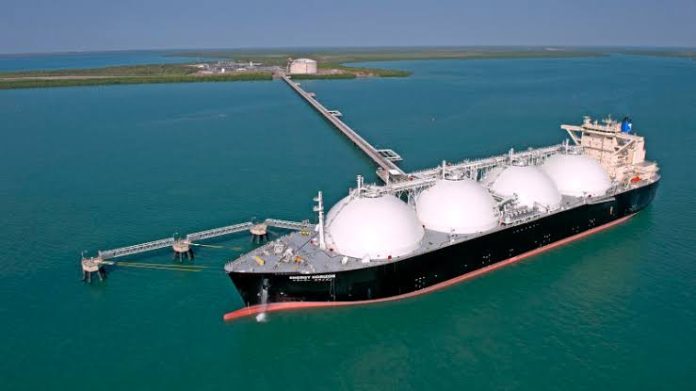Australia’s liquefied natural gas (LNG) exports hit an all-time high in 2024, with shipments totaling 82 million tonnes per annum (mtpa), according to data from energy consultancy EnergyQuest. This surpasses the 81.1 mtpa achieved in 2023 and the previous record of 81.3 mtpa set in 2022.
Despite this milestone in export volumes, Australia’s LNG revenue fell short of expectations. Total revenue in 2024 reached $67.7 billion, a significant drop from the record $90.3 billion in 2022 and $74.3 billion in 2023. The decline is attributed to lower global LNG prices, although the impact was partially offset by a weakening Australian dollar against the US dollar.
Volume vs. Value
The increase in LNG shipments reflects Australia’s strong position in the global LNG market, where demand remains high, particularly from energy-hungry nations in Asia. However, while volumes set new records, lower prices in 2024 meant that export revenue did not rise in tandem.
Global LNG prices fell due to increased supply from competitors like Qatar and the United States, as well as milder winter conditions in key markets such as Japan and South Korea. The declining Australian dollar helped cushion some of the revenue loss, making exports more competitive in global markets.
Long-Term Outlook
Australia remains one of the world’s top LNG exporters, alongside Qatar and the United States. However, analysts suggest that Australia faces growing competition, especially as new LNG projects come online elsewhere. Additionally, long-term shifts toward renewable energy in major markets like China and Europe may gradually dampen demand for LNG.
EnergyQuest noted that while Australia’s LNG sector is currently resilient, pricing volatility and geopolitical factors will remain challenges for future revenue growth.
Industry Implications
The record shipments highlight Australia’s ability to maximize output from its existing LNG infrastructure. However, the revenue gap underscores the importance of price stability for the country’s energy exporters. To maintain its position in the global market, Australia may need to consider strategies such as:
• Diversifying export markets
• Investing in lower-carbon LNG technologies to meet sustainability demands
• Enhancing partnerships with long-term buyers
With new global LNG capacity set to increase, Australia’s ability to remain competitive will hinge on both pricing and the reliability of its exports.

